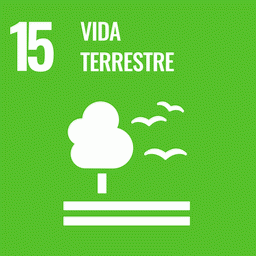Deforestation changes the hydrological, geomorphological, and biochemical states of streams by decreasing evapotranspiration on the land surface and increasing runoff, river discharge, erosion and sediment fluxes from the land surface. Deforestation has removed about 55% of the native vegetation and significantly altered the hydrological and morphological characteristics of an 82,632 km2 watershed of the Araguaia River in east-central Brazil. Observed discharge increased by 25% from the 1970s to the 1990s and computer simulations suggest that about 2/3 of the increase is from deforestation, the remaining 1/3 from climate variability. Changes of this scale are likely occurring throughout the 2,000,000 km2 savannah region of central Brazil.
REDD – The case of Brazil
Documento apresenta, em inglês, o papel do Brasil no cenário global às alterações climáticas e apresenta iniciativas locais de curso de REDD. Martins, Osvaldo S.; Rettmann, Ricardo; Pinto, Erika; França, Flavia Gabriela; Dieguez, Raquel. REDD – The Case of Brazil....
